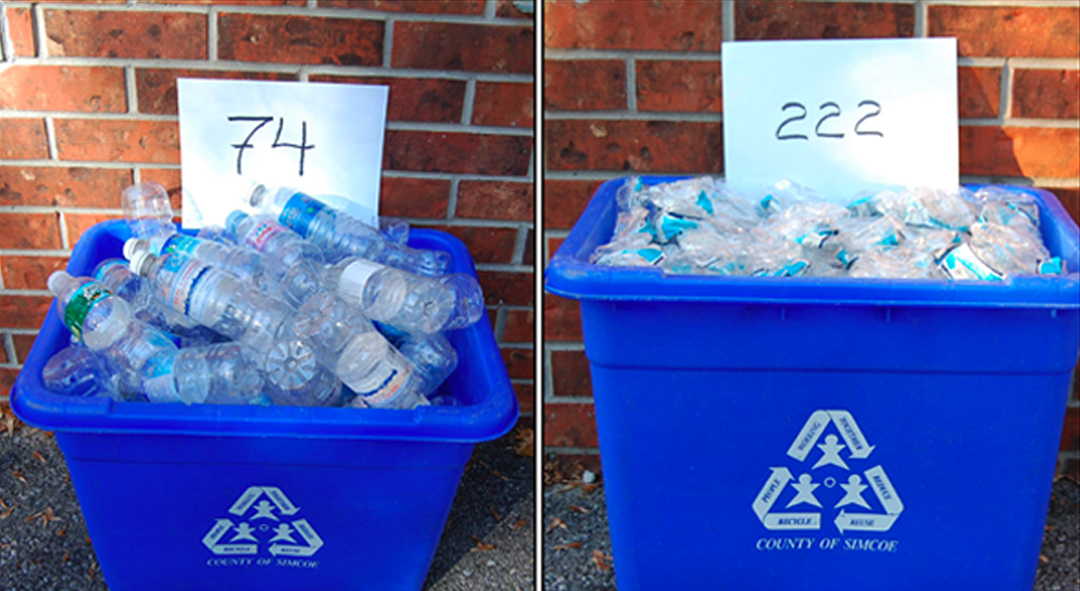Eco-friendly Product Design Toronto
Eco-friendly and green products are increasingly common these days, from home and kitchen items to health & beauty, and everyday essentials.
Designing eco-friendly or green products involves a lot of careful thought. Everything from the manufacturing process to the location of the factory and the product’s materials are critical factors in the design process. Even the end-of-life of a product is an important consideration.
If you are looking into the possibility of designing an environmentally friendly product, look no further. At Spark Innovations we can help!
We divide environmentally friendly product design into two categories: true and partial. This categorization allows us to define the level of sustainability a product may have or need. In all cases, when designing an eco-friendly product, there are practices that can be used to reduce or eliminate harm to the environment.
True Eco-friendly product design
True eco-friendly design is essentially cradle-to-cradle design. We call it “true” because it flows through all the stages of the process. During design and development, we ensure these true eco-friendly designs are green from the initial steps of the process to the end.
Factory location – Materials – manufacturing process – Packaging – End cycle
This statement refers to a product’s life cycle.
Factory location: True products should be locally manufactured to reduce transportation. Bringing goods from abroad generally requires using more fossil fuels than the transporting of goods made locally. Transportation over long distances contributes to environmental contamination and pollution.
Materials: A true eco-friendly product uses materials that are strictly non-toxic to the environment; that is, non-harmful synthetic materials that have no negative effects on the natural environment. These materials can be used in continuous cycles as the same product without losing their integrity or quality. They can also be used over and over instead of being down-cycled into lesser products until they become waste.
Manufacturing process: The manufacturing process of a true green product has to protect the planet from exploitation and conserve natural resources. There are many aspects to green manufacturing design. An efficient manufacturing process can lower a business’ costs through reduced energy use. The adoption of energy-efficient practices can help cut costs. Even simple things like replacing incandescent bulbs with LEDs or adding weather stripping to prevent air leaks can make a difference. Renewable energy—generated from resources that are replenished naturally, such as sunlight, wind, rain, tides, biomass, and geothermal heat—is becoming more common every day and helps companies reduce their ecological footprint. True eco-friendly products also involve waste reduction and water conservation. Every process involved in the design of a true eco-friendly product has to be GREEN.
Packaging: Green products must involve sustainable packaging. Responsible packaging includes choice and reduction of materials and life cycle to lower a product’s carbon footprint. An example of a change to green packaging is the replacement of synthetic polymers with dairy-based films that are biodegradable.
End cycle: The end-of-life cycle of a product should have proper management. Whatever the product may be—electronics, mattresses, clothing, beauty or kitchen products—companies should adopt the right waste management practices. Products can be refurbished, materials reused, and components recycled. Companies leading the way in green design are even combining waste management with smart marketing campaigns that incorporate loyalty programs.
Partial Eco-friendly product design
Products that don’t follow every rule of true eco-friendly design are considered partially eco-friendly. These products are still green in their own way, as long as they follow one rule. For example, here at Spark innovations we designed the EcoTwist bottle.

Most products on the market are partially green/eco-friendly or environmentally friendly, but they are great first steps toward the green future we should all be looking forward to. Green product design comes with a great deal of responsibility. Designers should always have these rules in mind. Think responsibly, design responsibly.
